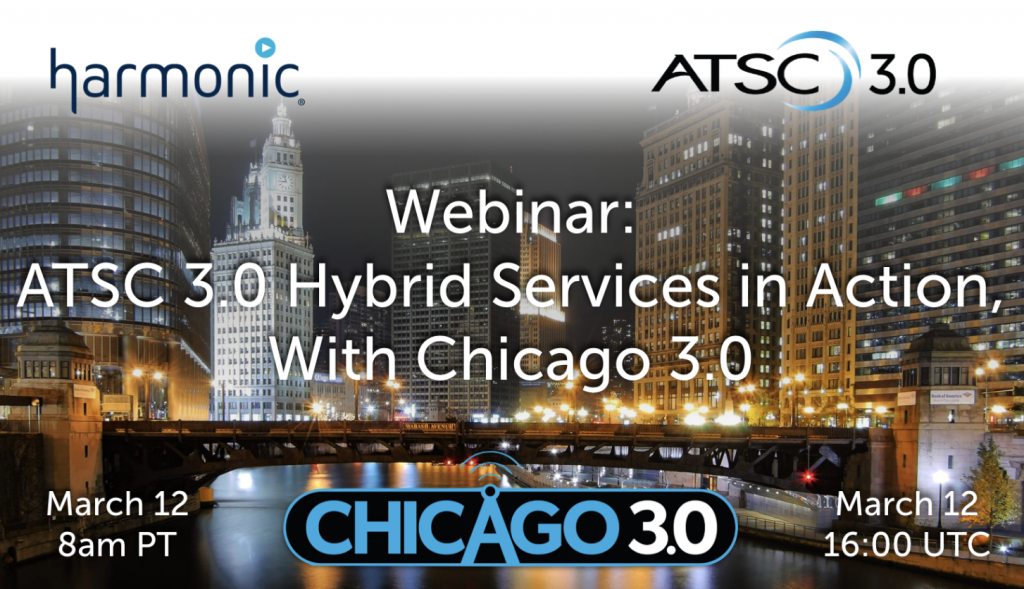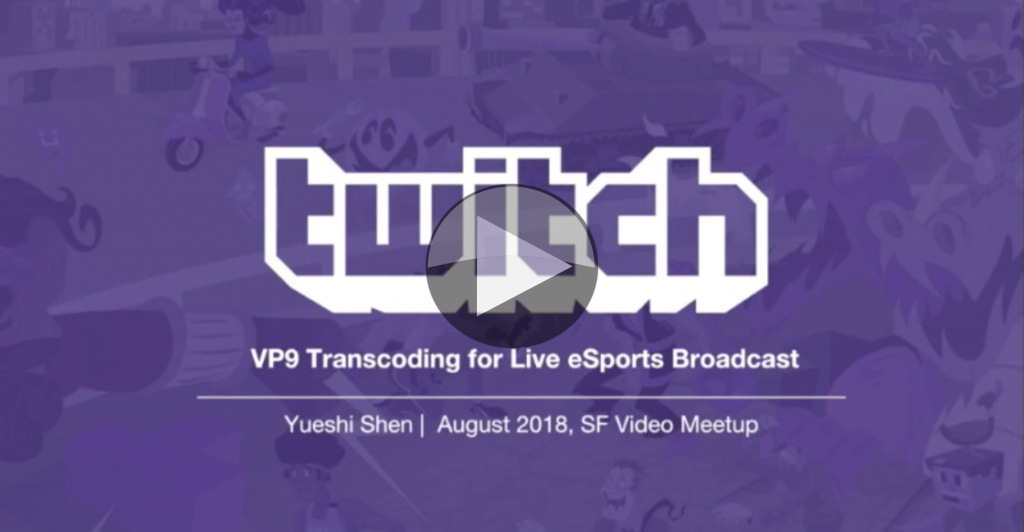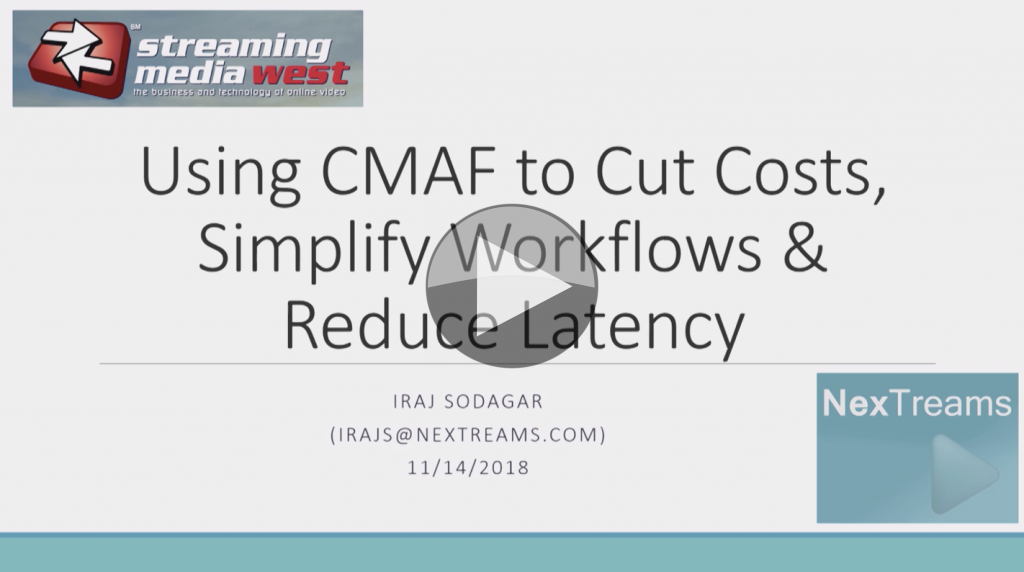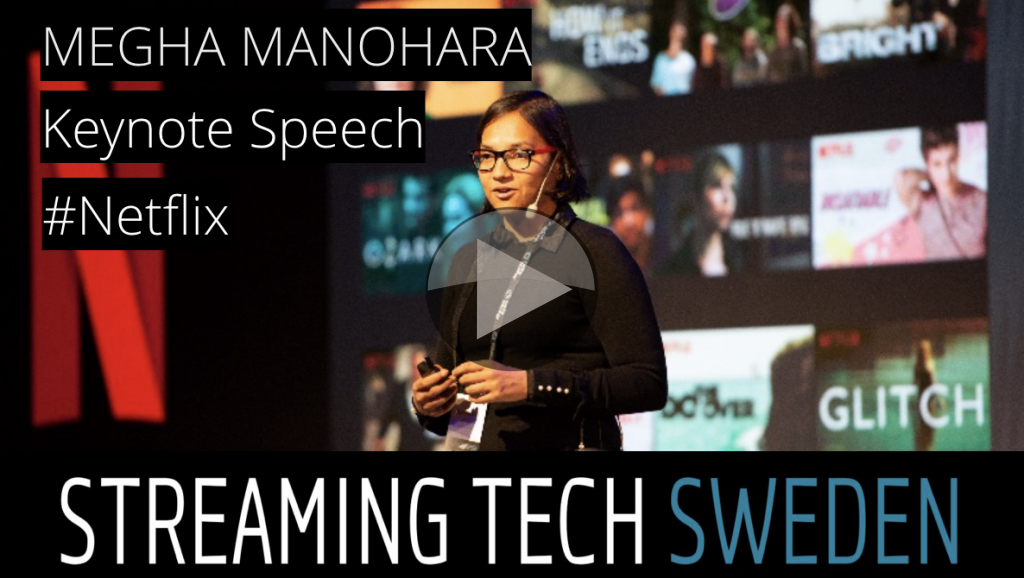
To mark International Women’s Day these videos are free to watch, but for 3 days only! Free registration required.
To mark International Women’s Day, Eyevinn Technology have opened their premium archives to allow you to watch two videos for free until 11th March which are normally reserved for patrons of the Streaming Tech Sweden conference – so act quickly to watch Netflix’s Megha Manohara discuss Netflix’s dynamic optimiser framework and how they ensure best quality over a variety of bandwidths.
Megha covers encoding testing, metrics such as VMAF, visualising the results, per-shot encoding and the way they validate with their audience they have done a good job.
Watch Megha’s talk now! You need to register for free and then sign in for this link to work.
Streaming Tech Sweden is an annual conference which prides itself on excellence and independence. Without sponsors, they are free to pick the best and the most relevant speakers working on at the cutting edge of video streaming. The talks from Streaming Tech Sweden 17 are free to watch, but those from 2018 are available for attendees only. Later in 2019, they will become free, but until then, this is a short opportunity to watch these two great talks in order to mark International Women’s Day 2019. Registration with the site is free.
The second talk available from Streaming Tech Sweden 2018 is from Codemill’s Johana Björklund talking about contextual marketing and ad personalisation. Johana explains how the ads work, how GDPR has changed the way personalisation is carried out and how video metadata is used to find pre-roll and post-roll ads.
Watch Johana’s talk now! You need to register for free and then sign in for this link to work.
Speakers
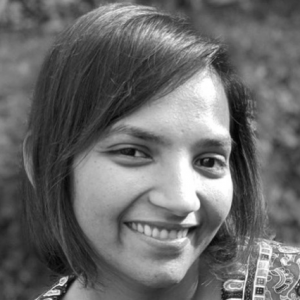 |
Megha Manohara Senior Software Engineer, Netflix |
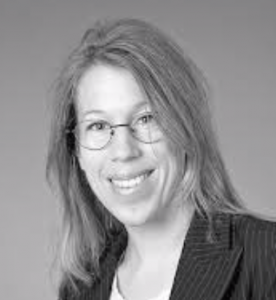 |
Johanna Björklund Head of R&D, Codemill |

